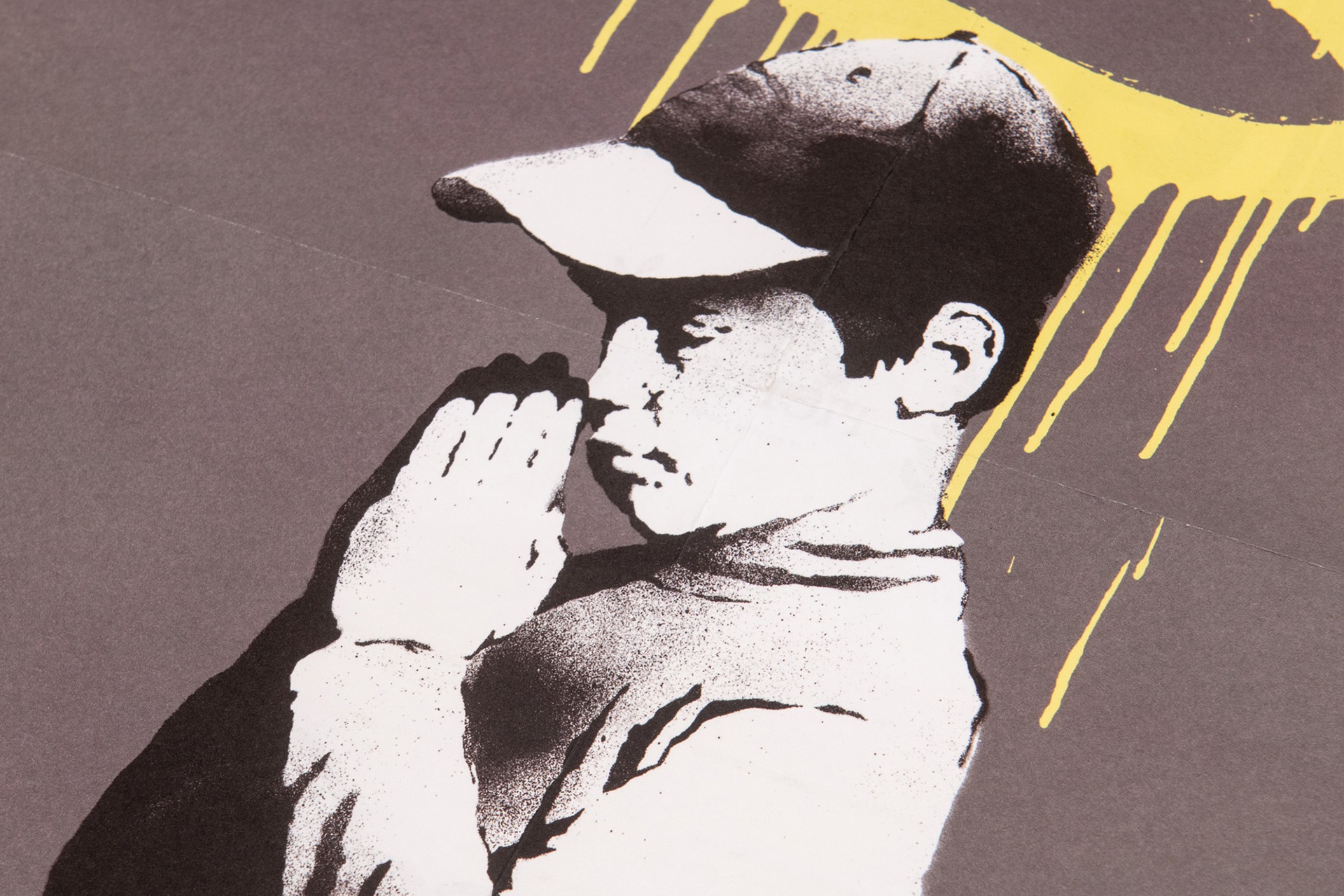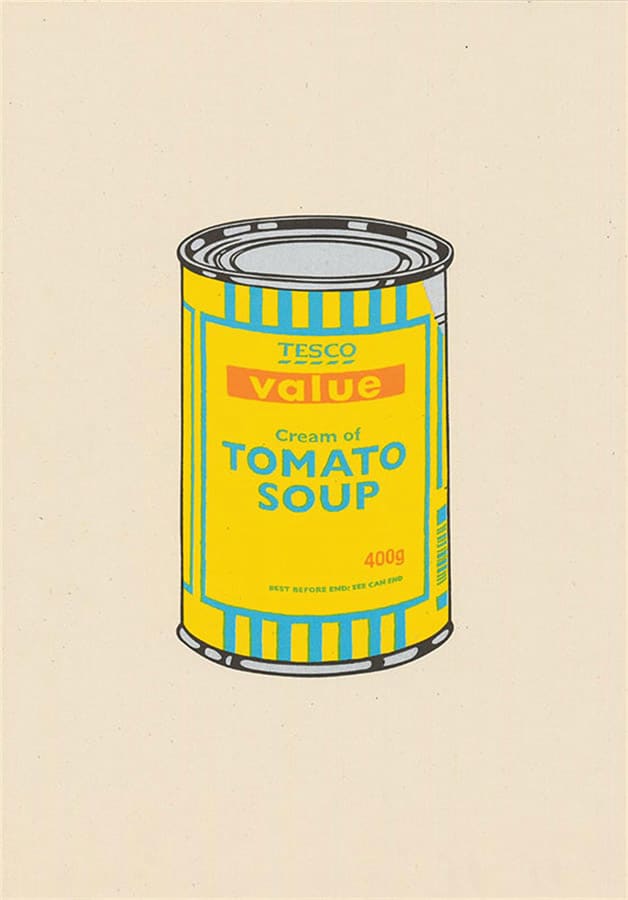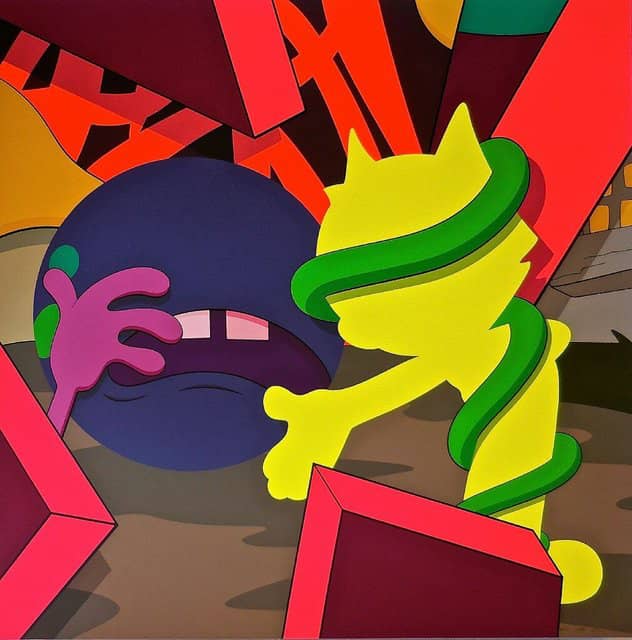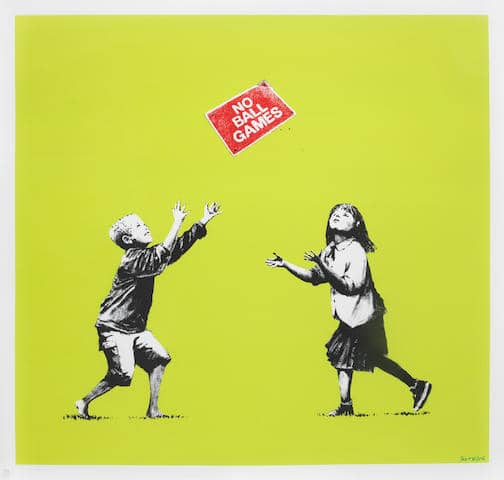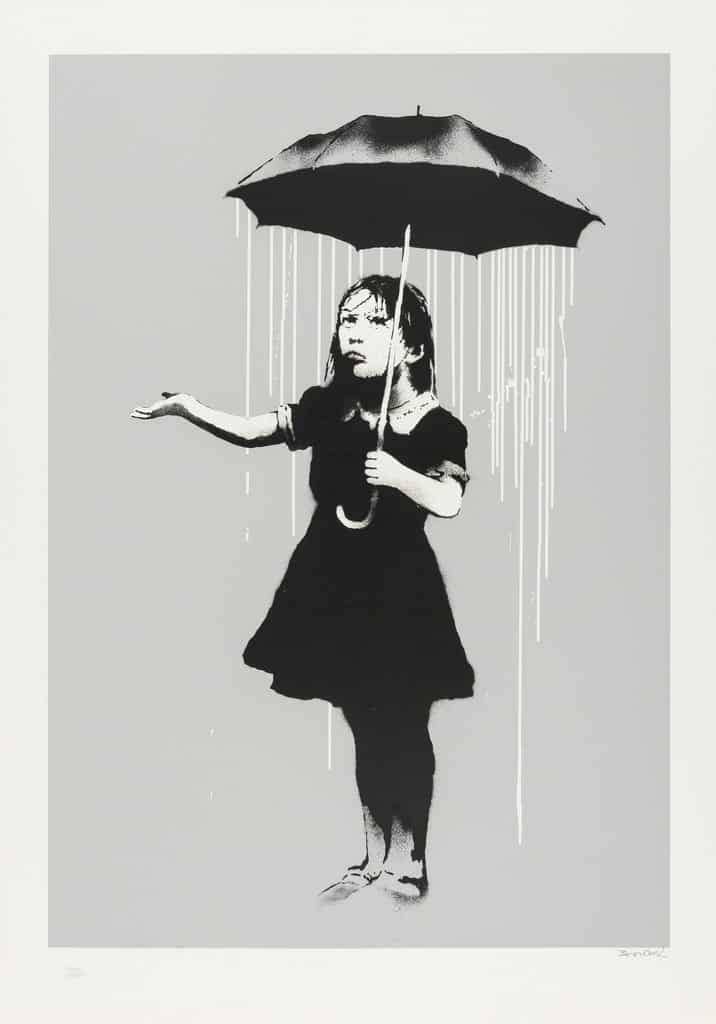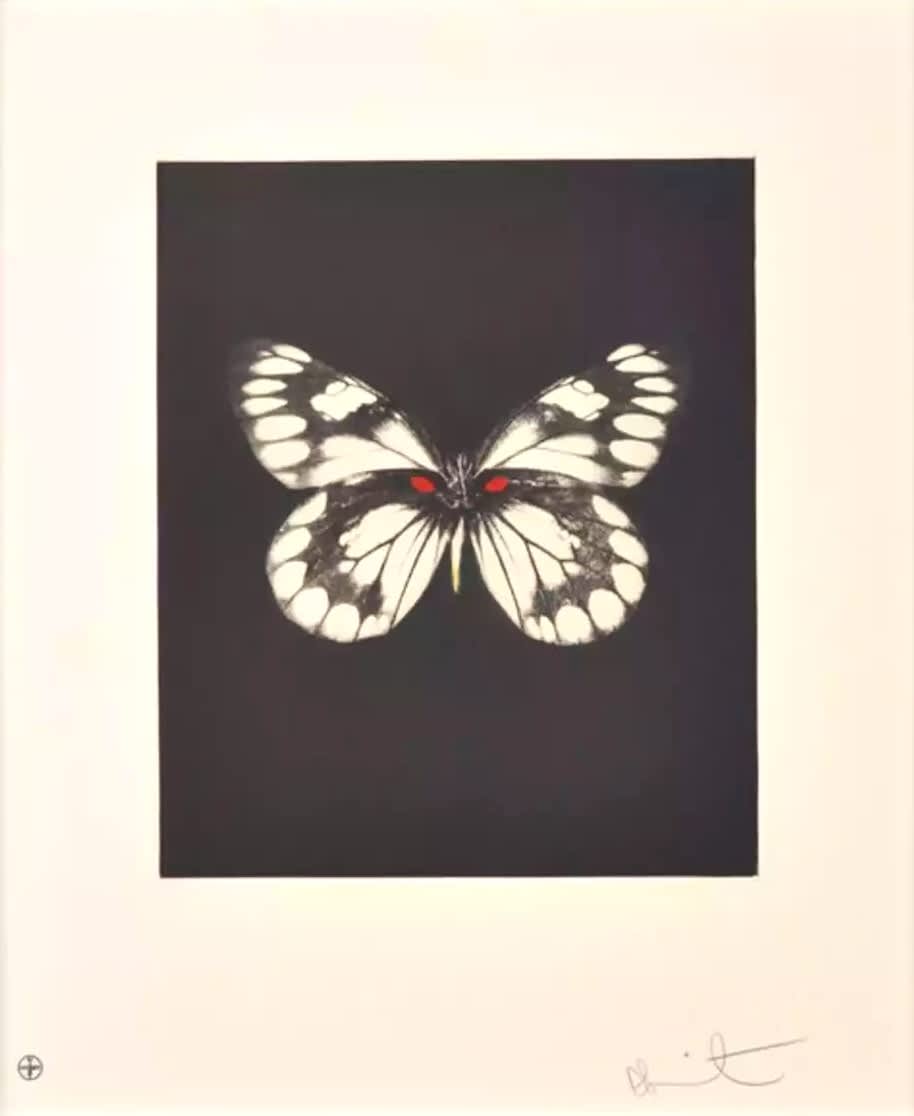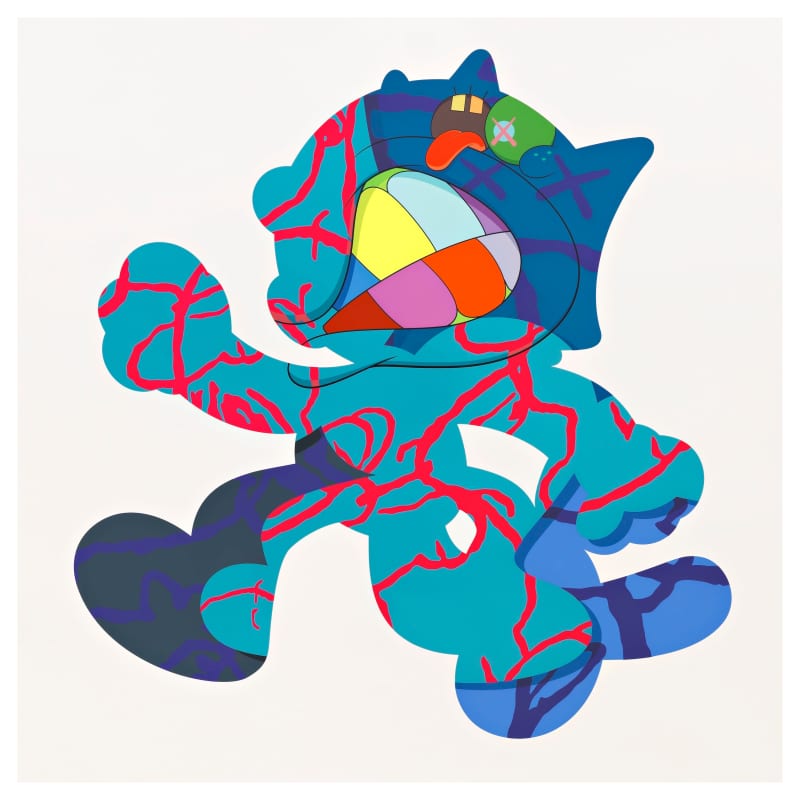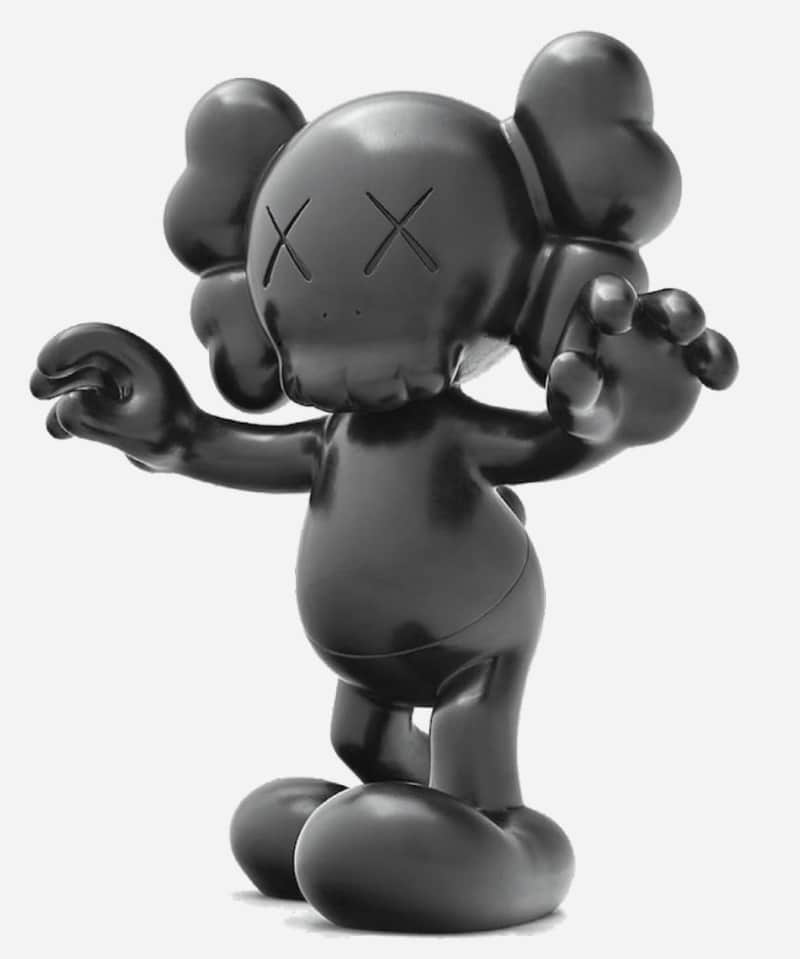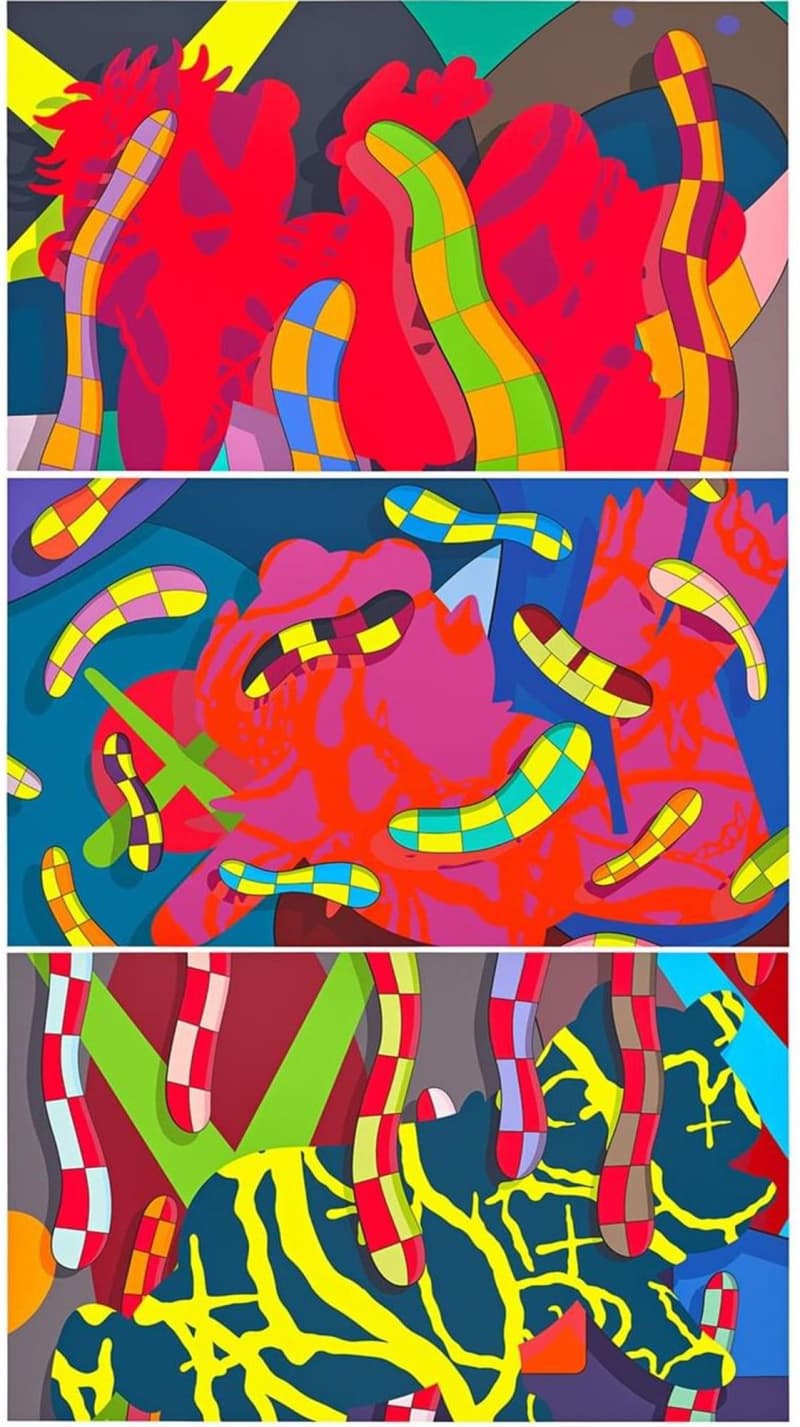We look at the phenomenon of the Halo Effect and review why it is such an important factor to consider when you are investing in art.
When considering what artwork to invest in, there are multiple factors that affect how that investment will appreciate. When a set of these desirable attributes come together around an artist, they produce what is known as a Halo Effect. This set of contributing factors – which includes favourable press coverage, curator and influencer endorsement, social media growth and brand partnerships – come together to grow the artist’s prestige. It amplifies the desirability of the artist and as a result, the value of their work rises, meaning they are a prime choice for investment. The Halo Effect has had considerable impact in art world, particularly in the street art sector, with artists like Banksy, STIK and KAWS all benefiting from the phenomenon. In light of this, we take an in depth look at some of the key factors driving the value of artworks and consider their effects when they all come together around an artist.
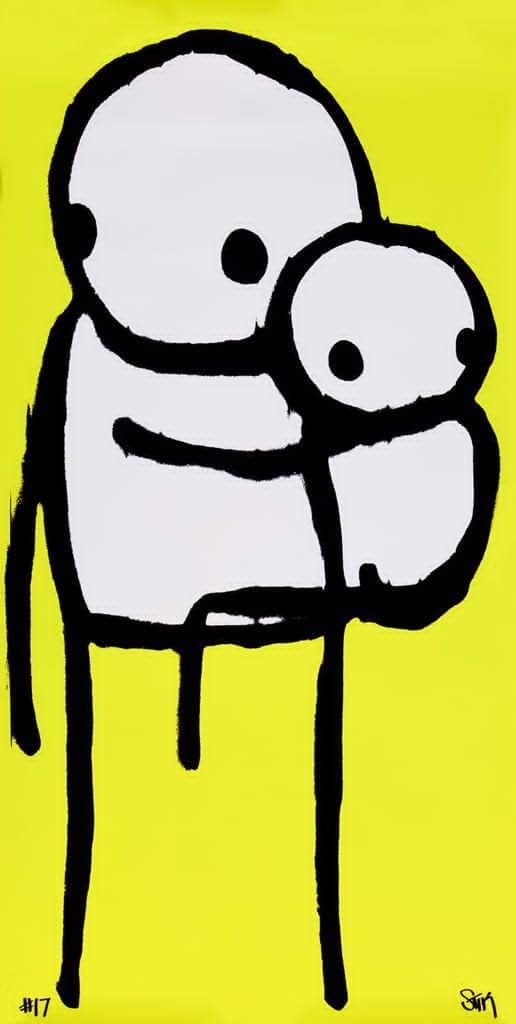
STIK, GDANSK 17 (MOTHER AND CHILD), 2019
Social Media Growth
Increasingly, the social media presence of an artist influences their desirability. This is partly due to the cultural influence artists can have when they are able to reach a large audience. Millennial collectors are captivated by the cultural influence an artist possesses and with a large social following, this is an achievable concept. 61% of next generation collectors noted that they wish to build their collections with social and political change in mind. Therefore, when an artist like Banksy – who has 11.2 million followers on Instagram – posts an image of his latest socially-motivated work, his appeal considerably rises.
Throughout the first half of 2021, average spend in contemporary art across high net worth groups totalled $242,000 and interestingly, the millennial demographic outspent older collectors by over three times. This demonstrates the buying power of millennial collectors and in turn, the influence of social media growth.
Brand Partnerships
Over the past decade, the lines between luxury commerce and contemporary art have begun to blur, meaning that brand partnerships have become a key contributing factor to the Halo Effect. Nearly all collectable contemporary artists from Haring and Basquiat to Hirst and KAWS have participated in global brand collaborations that have boosted their market value.
An excellent example of this is the urban artist KAWS. In only a decade, the American creative has reshaped the art world through his partnerships with luxury brands and fashion houses. His popularity and demand proves that, with the right collaborations, an artist can achieve global fame without academic validation. In 2019, KAWS collaborated with the clothes brand UNIQLO on a range of printed t-shirt. In the first half of that year alone, we saw returns on his works grow over 50%. With a record sale of $15M at auction, as well as a strong celebrity following, KAWS works have achieved an average return in the double digits over the last 5 years, showing the staggering effects partnering with international brands can have.
KAWS, PRESENTING THE PAST, 2014
Hitting The Headlines
Securing big headlines is also another way artists can increase their work’s value. An excellent example of this is the 2018 incident at auction when Banksy’s shredded his own artwork. On 5th October 2018, collectors watched on in horror as Girl With Balloon (2006) self-destructed at a Sotheby’s sale. Immediately as the work went under the hammer for just over £1 million, the spray-painted canvas started to shred, jamming half-way through. The partially destroyed artwork was re-named Love Is In The Bin and instantly hit global headlines, with hundreds of news outlets detailing the story. As a result of the shredding and the surrounding press, Banksy’s average auction sales price rose by over 200%.
Celebrity Endorsement
The anonymous graffiti artist is no stranger to publicity stunts and headline-worthy news. In fact, earlier this year, on 2nd March, singer Robbie Williams successfully sold two pieces by Banksy at a Sotheby’s auction. Vandalised Oils (Choppers) went under the hammer for just under £4.4m, which was £1.9m above its initial low estimate. Girl With Balloon fetched £2.8m, again achieving above its low estimate. On the sale, Hugo Cobb of Sotheby’s noted “These works unite the cultural legacies of two of Britain’s biggest stars: Robbie Williams and Banksy. Like their creator and like their owner, they are acerbic, iconic, irreverent, and unique”. Unsurprisingly, both the financial success of the sales and the celebrity status of the owner meant that the auction received extensive press coverage. Yet, this example of Banksy in the press brings us to another contributing factor of the Halo Effect – celebrity influence.
Hand-in-hand with other factors like press coverage, social media and brand partnerships, celebrity endorsement is a key attribute to think about when deciding which artist to invest in. Although patrons have always been powerful, in recent years, celebrities, who may not have previously met cultural elitist standards, have also started collecting art. Musicians like Elton John and Jay-Z, as well as media personalities like Kylie Jenner, have supported the rise in popularity of artists they all have in impressive art collections. With the rise of social media, patronage from well-known celebrities with large followings can be more impactful than support from members of the art elite.
DAMIEN HIRST, BUTTERFLY (REGENERATION), 2009
For example, in August 2021, Damien Hirst collaborated with artist Drake to create the cover art for the singer’s album Certified Lover Boy. Considered by some a modern reiteration of his iconic spot paintings, the album artwork saw a dozen pregnant women emojis equally spaced on a blank background. In the lead up to the collaboration, during which Drake released teasers and promotional stunts, there was a 300% surge in google searches for Damien Hirst, proving the power of partnerships. Since then, Hirst’s market has consistently grown.

DAMIEN HIRST X DRAKE ALBUM COVER
Although singular factors alone – such as brand partnerships, celebrity endorsement and social media following - can contribute to increased desirability, it is not until all these attributes unite, that the Halo Effect takes place. Together, these contributing factors can shift existing tastes and trends in the art world, increasing the value of artists astronomically and securing them as valuable investment artists.
